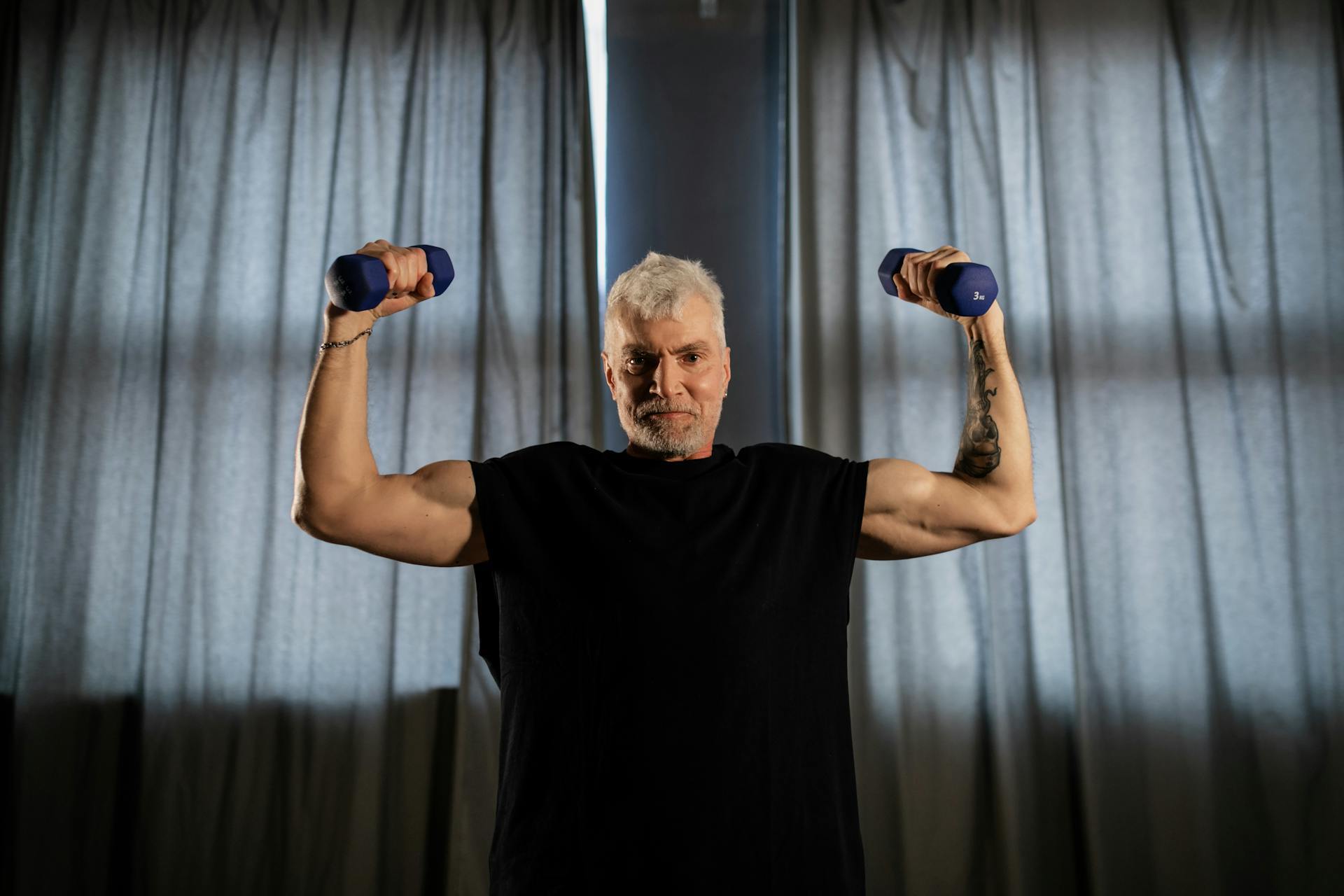- Best Health and Wellness
- Posts
- The Closest Thing We Have to the Fountain of Youth
The Closest Thing We Have to the Fountain of Youth
Ponce de León Could Have Saved Himself a Trip

Photo by Alena Darmel: https://www.pexels.com/photo/an-elderly-man-lifting-dumbbells-7322459/
Famed Spanish explorer, Juan Ponce de León, is reported to have searched for many years for the mythical fountain of youth – a spring that was reputed to provide eternal youth and vitality to those who were exposed to its healing water. He never found the spring, but it’s possible that his arduous journeys searching for it might have been as beneficial as if he’d found the magical waters.
Recent research has found that resistance training is a great equalizer of physical capacity across people of different ages – with 70 year olds who have regularly trained over the course of their lives being as generally fit or even better than those in their 20’s who don’t exercise.
Perhaps more surprising, in terms of physical mobility tasks, the 70 year olds who did weight training regularly for several years were about as good as even moderately active 20 year olds who were doing similar resistance training!
It appears that this is not just about muscles. While resistance-trained older adults do have somewhat more muscle mass on average than their peers who don’t exercise, it’s actually not a huge amount. It is theorized that the trained individuals do markedly better on physical capacity tests because the training also stimulates the brain and neuromuscular integrations that contribute to the ability to carry out physical tasks.
In other words, it’s not just having stronger muscles that makes a difference, it’s the enhanced neurological control and coordination that exercise confers that enhances physical capacity.
Because of this, it appears that older individuals who have done resistance training on a regular basis for most of their lives tend to avoid much of the loss of function common in those in their later years of life.
Muscle and strength loss accelerates quickly when people hit their 60’s, but regular resistance training at least twice per week will do much to slow these losses and maintain physical capacity more like what it seen in younger individuals.
It’s much easier to maintain strength and physical capacity over the course of one’s life than it is to try to gain them in one’s later years. While exercise provides benefits at any age, and research has shown good strength and muscle mass building in people even into their 90’s, the more muscle reserves one has entering their 60’s and beyond, the better the health in their later years tends to be.
Conversely, the more sedentary one is at any age, and the longer they are inactive, the lower their physical capacity tends to be. Physical capacity, endurance, and strength rapidly decline when one is inactive, and the longer one stays inactive, the more difficult it is to even take the first steps to turn things around.
Fortunately, it doesn’t require hours in the gym to start getting the benefits of resistance training. Short bursts of activity done periodically throughout the day can help one get started without causing excessive fatigue or soreness. For example, doing 30 seconds of body weight squats or push-ups a half dozen times per day, every other day will get your body accustomed to resistance activity and will gradually improve your condition.
As you get stronger, you can transition to more demanding and/or longer duration activities, but getting started with something simple that requires no special equipment will remove a lot of your excuses and help you begin and hopefully develop a lifetime exercise habit.
Until next time…
George F. Best, D.C.